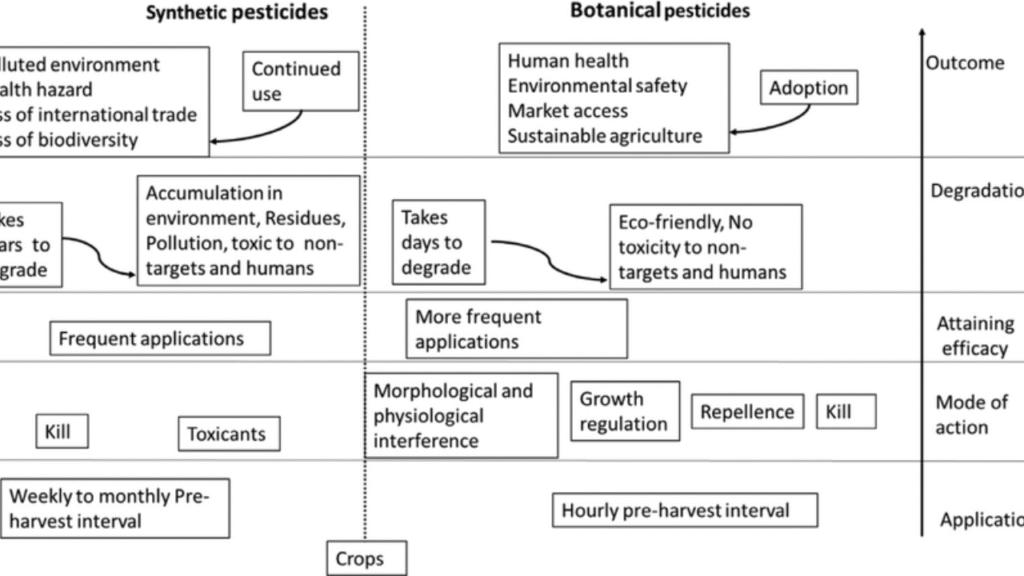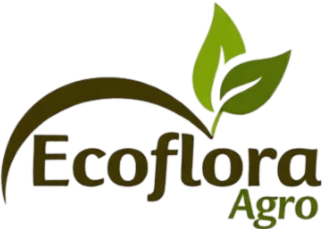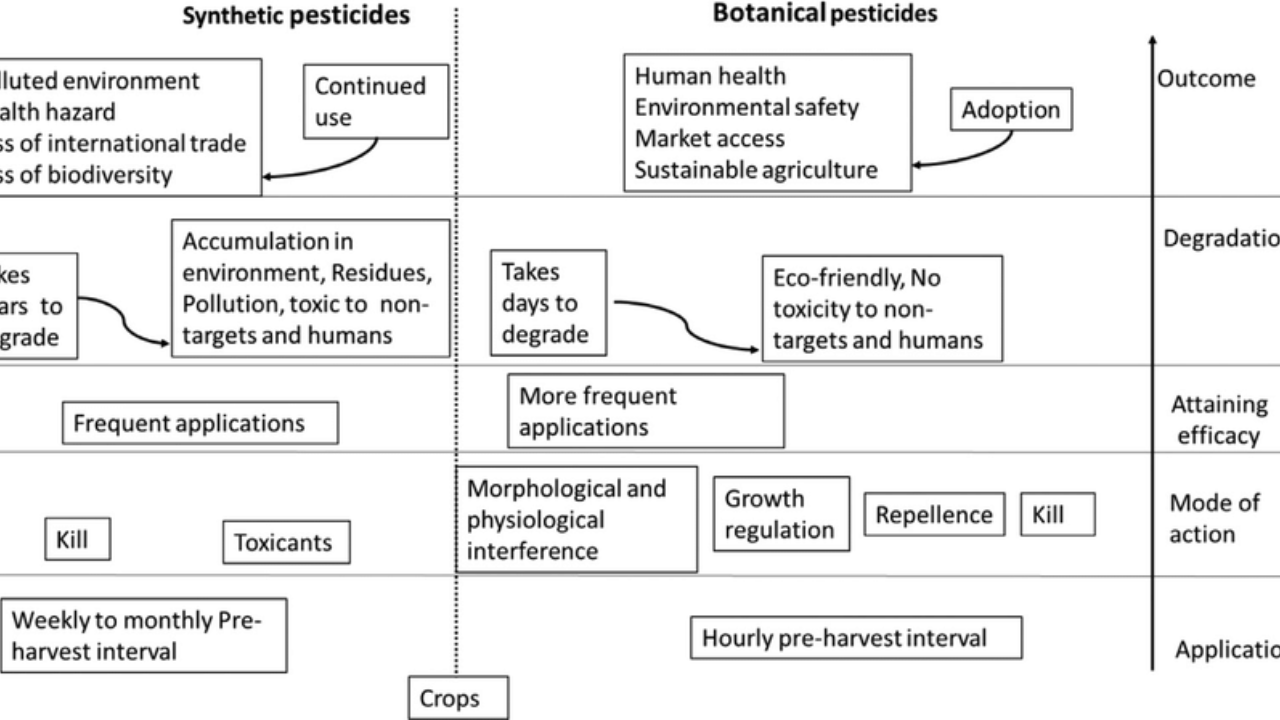
As global agriculture faces mounting pressure to reduce chemical use, protect biodiversity, and ensure food safety, farmers and scientists are weighing their options: botanical, microbial, or synthetic crop protection methods. Each offers unique strengths and trade-offs, but understanding their comparative efficacy is crucial for making informed decisions in both conventional and organic farming systems.
This article provides a comprehensive comparison of these three major pest and disease control strategies in terms of effectiveness, spectrum, longevity, resistance risk, environmental safety, and cost.
Overview Table: Comparing Crop Protection Strategies
| Category | Mode of Action | Speed of Action | Spectrum of Control | Environmental Impact | Resistance Risk | Suitability |
|---|---|---|---|---|---|---|
| Botanical | Natural plant compounds | Moderate to Fast | Medium to Broad | Low | Low | Organic & IPM |
| Microbial | Living organisms or biotoxins | Slow to Moderate | Target-specific | Very Low | Very Low | Organic & Bio |
| Synthetic | Chemical pesticides | Very Fast | Broad-spectrum | High | High | Conventional |
1. Botanical Crop Protection – Nature’s Chemical Arsenal
Botanical pesticides are derived from plants like neem, garlic, turmeric, and lemongrass. These compounds act through multiple mechanisms: antifeedants, repellents, growth inhibitors, or cellular disruptors.
Strengths:
- Biodegradable and environmentally safe
- Low toxicity to non-target organisms (e.g., pollinators, humans)
- Multi-target action reduces resistance risk
Weaknesses:
- Short residual activity
- Need for frequent application
- Variability in efficacy based on extraction and formulation
Real Example:
Neem oil controls aphids, mites, and fungal diseases like powdery mildew in vegetables and ornamentals.
2. Microbial Crop Protection – Living Allies in the Field
Microbial pesticides use beneficial microorganisms such as bacteria (Bacillus thuringiensis), fungi (Trichoderma spp.), or viruses (NPVs) to suppress pests or diseases. These can act through infection, parasitism, or production of bioactive toxins.
Strengths:
- Highly specific to target pests
- Enhances soil microbiota and plant resilience
- Compatible with organic farming standards
Weaknesses:
- Slower action than chemicals
- Sensitive to environmental conditions (UV, heat, pH)
- Narrow spectrum may require combinations
Real Example:
Bacillus thuringiensis (Bt) is widely used against caterpillars in crops like cotton, corn, and cabbage.
3. Synthetic Crop Protection – Fast but Risky
Synthetic pesticides are chemically engineered substances designed for quick and powerful pest control. These include insecticides, fungicides, and herbicides applied across crops globally.
Strengths:
- Fast-acting with consistent results
- Long residual effect
- Wide availability and standardized formulations
Weaknesses:
- High toxicity to beneficial insects and aquatic life
- Chemical residues in food and environment
- Rapid resistance development in pests
Real Example:
Chlorpyrifos (now banned in many countries) was commonly used for its broad-spectrum insecticidal activity.
Comparative Table: Key Performance Metrics
| Feature | Botanical | Microbial | Synthetic |
|---|---|---|---|
| Action Onset | 24–72 hours | 2–7 days | Within hours |
| Persistence in Field | 3–7 days | 5–10 days | 10–30+ days |
| Risk of Pest Resistance | Very Low | Very Low | High |
| Target Specificity | Medium | High | Low (broad-spectrum) |
| Environmental Safety | High | Very High | Low |
| Cost (per application) | Low–Moderate | Moderate | Low (initial), high (residue mgmt.) |
Integrated Pest Management (IPM): Blending Strengths
Many modern farming systems use Integrated Pest Management (IPM)—a strategy that combines botanical, microbial, and synthetic tools in a balanced way. The goal is to maximize efficacy while minimizing negative impacts.
Example IPM Strategy:
- Preventive: Use microbial inoculants to enhance plant health
- Early Intervention: Apply botanical sprays to manage mild pest outbreaks
- Crisis Management: Resort to synthetic controls only when necessary, with careful monitoring
This layered approach extends pesticide life, delays resistance, and supports soil and ecosystem health.
Regulatory Trends and Consumer Demand
- Botanical and microbial products are gaining approval and popularity due to rising organic farming and consumer concern over chemical residues.
- Synthetic pesticides are under increasing scrutiny; many have been banned or restricted globally due to toxicity concerns (e.g., glyphosate, neonicotinoids).
Choosing the Right Strategy
| Farm Type | Recommended Primary Method | Why? |
|---|---|---|
| Organic Farm | Botanical + Microbial | Compliance + Safety |
| Conventional Farm | Synthetic + IPM Inclusion | Broad coverage + cost control |
| Smallholder/Backyard | Botanical Focus | Accessibility + low toxicity |
| Greenhouse | Microbial + Botanical | Controlled environment |
Conclusion
The question isn’t which crop protection method is best, but rather which combination suits your needs, environment, and values. While synthetic pesticides still dominate in large-scale commercial farming due to their speed and convenience, the growing adoption of botanical and microbial alternatives shows a clear shift toward sustainability and health-conscious agriculture.
By comparing their efficacy, spectrum, and long-term impact, farmers and policymakers can design smarter, safer, and more resilient plant protection systems that feed the world—without poisoning it.
FAQs
Q1: Can botanical and microbial pesticides be mixed together?
Yes, many combinations work synergistically, but always test compatibility and safety on a small scale first.
Q2: Are microbial pesticides safe for humans and animals?
Yes, they are typically non-toxic and safe for handlers, consumers, and non-target species.
Q3: Do synthetic pesticides still have a role in modern farming?
Yes, but their use is best reserved for emergency control within an IPM strategy to reduce overuse and resistance.

